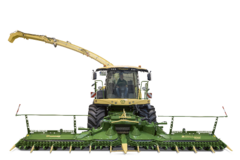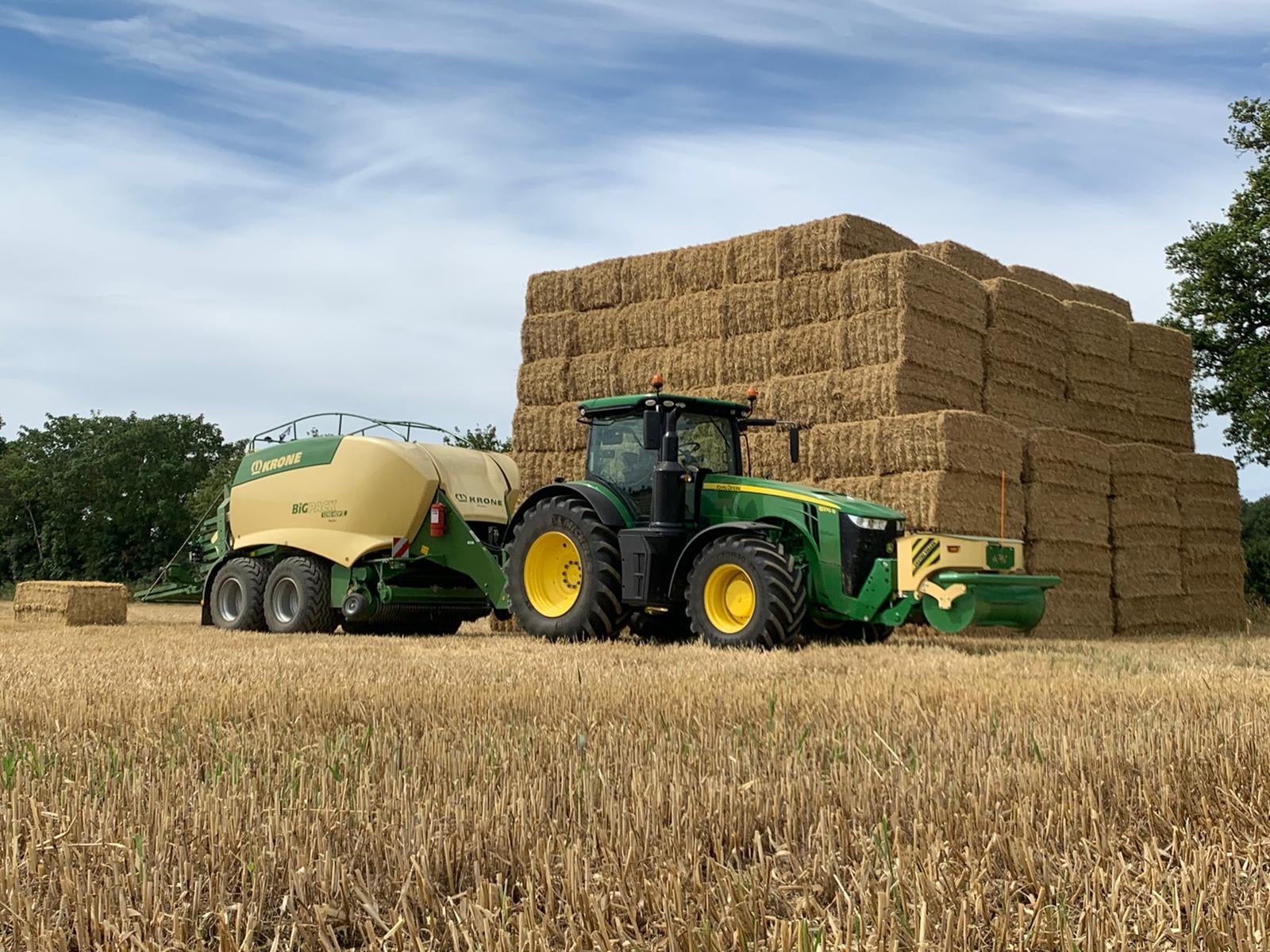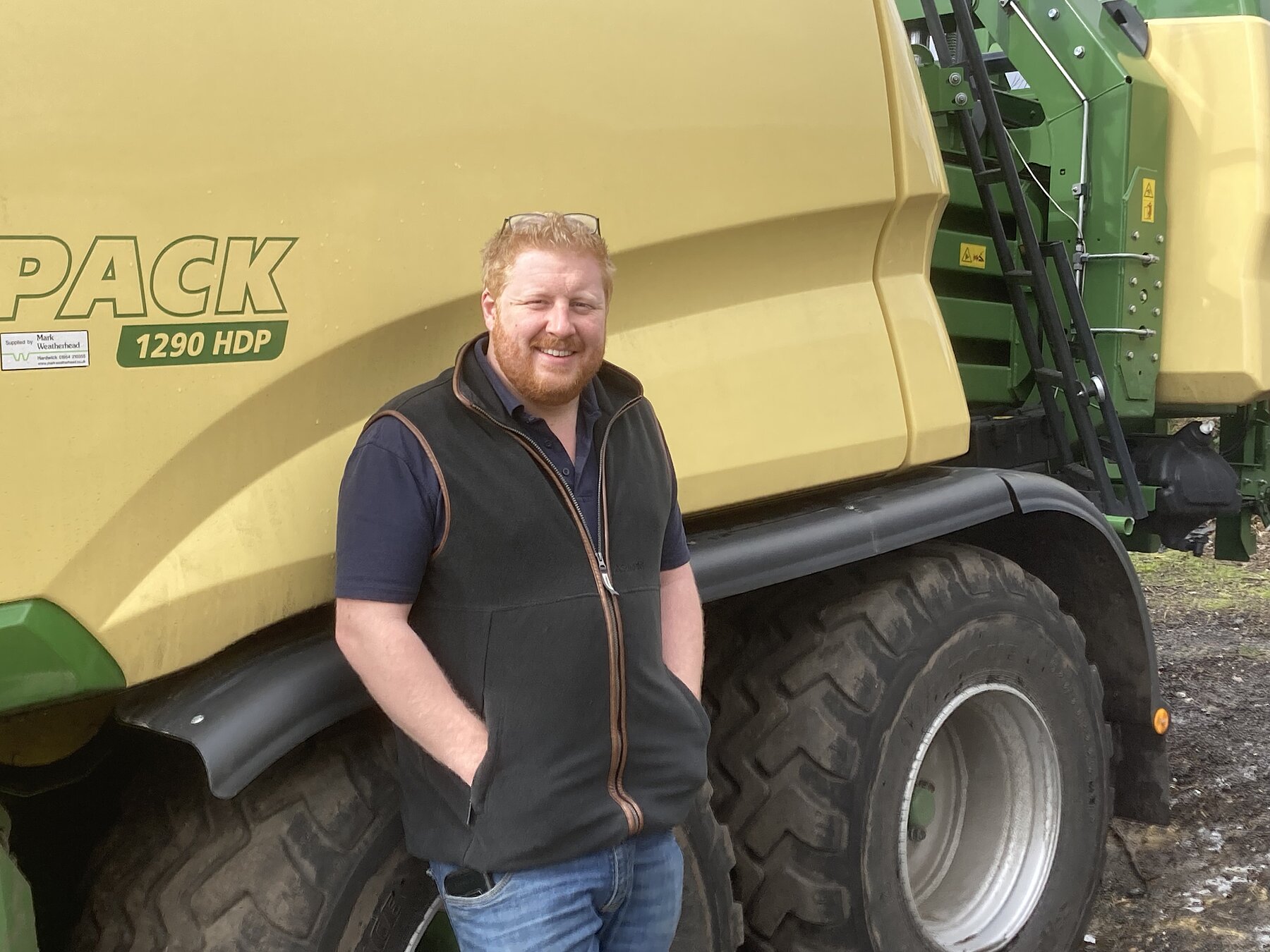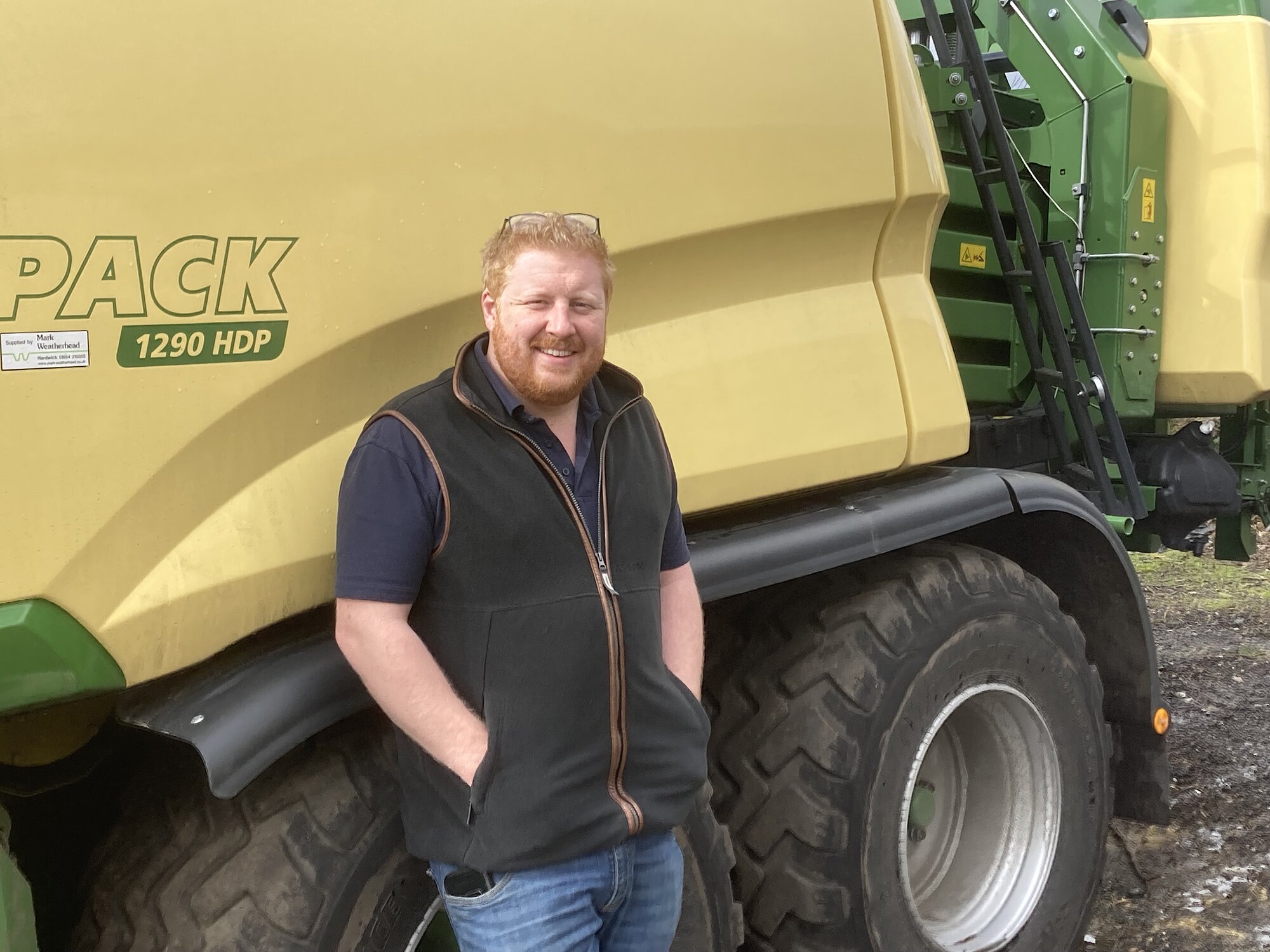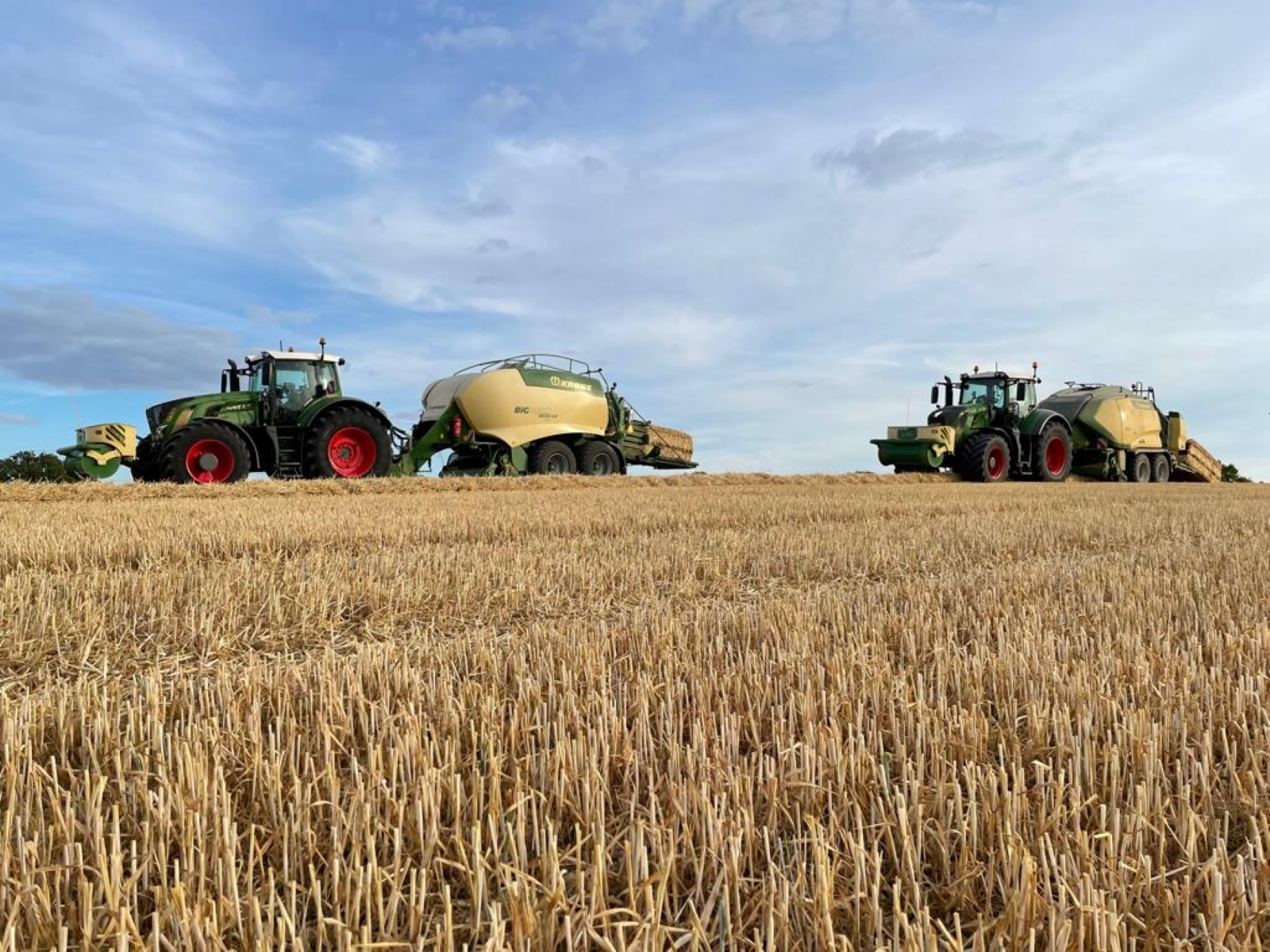With two of his Krone balers due for renewal last year, Will considered his options and weighed up what he believed to be machines better suited to farmers and contractors, which helped narrow his decision down to two potential manufacturers.
Ultimately, Will decided to stick with Krone, after running the machines for the last seven years. Although open-minded to alternatives, Will’s previous positive manufacturer, dealer and product experience, plus the appeal of key new features to boost productivity, led to his commitment in purchasing a new Generation 5 BiG Pack 1290 HDP square baler.
Generation 5 BiG Pack Improvements
- Updated styled panels, incorporating swing down and fold up twine boxes, for increased operator comfort when reloading with twine and improved serviceability with better access
- Updated bale chamber lengthened by 20%, with a full-width top plate added, for enhanced bale shapes and greater densities and weights (on non-HDP (High Density Press) models)
- Improved Variable Filling System (VFS) that continuously monitors the drive line load and provides visual feedback via the screen, making it easier for the operator to run the baler to its full potential
- Compression level within the VFS and slice thickness and quantity all adjustable from the cab in five steps, to adapt to changing crop conditions
- Hydraulically driven fans in the knotter cleaning system generating high-pressure air inside the knotter bay, to prevent debris collecting and further material build up on the baler
Generation 5 BiG Pack benefits
Having completed a season of work with the new Generation 5 BiG Pack 1290 HDP behind a 280hp Fendt 828, Will has gained a good understanding of its new features and benefits.
Knotter cleaning system
“The biggest improvement by a country mile is the knotter cleaning system, which is far better than on our older baler, with its belt-driven fans. Often, if you have to get up on top of a machine to adjust a knotter, just a couple of hours after cleaning it’ll be covered in dust and chaff,” says Will. “But these new units are hydraulically driven, and they blow material down into the baler, leaving the top spotless.”
Easy-to-replace parts
Acknowledging that wear and breakages occur whatever the machinery brand, Will highlights the move to more easier-to-replace internal parts as a huge bonus. “Key elements are now bolt-in, rather than cut-out and weld-in, and are much easier to access. For example, if something like a stuffer fork breaks, it’s not a matter of heating and hammering a bent item – it’s far easier to replace, and gaining access to the internals is simpler on the new baler,” he says. “I think a big baler can’t be judged properly until it’s done 100,000 bales, but from one season’s experience, I’d say the Generation 5 improvements to the BiG Pack balers have justified my investment in the machine.”
Body panels
Will explains that the way the body panels are formed allows air to be channelled down through the baler and ejected around the wheels. “Not only are the knotters kept clean, but when you open the side panels, there’s virtually no dust or chaff – even after a week’s baling you’d think the machine had just been blown down.”
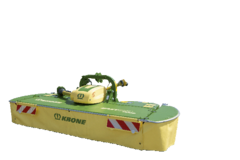
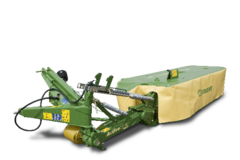
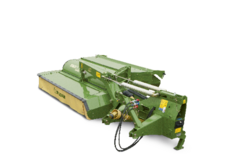
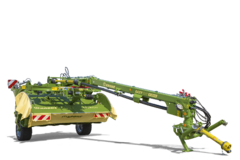
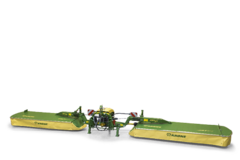
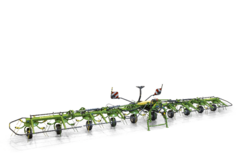
![[Translate to EN (UK):] [Translate to EN (UK):]](/fileadmin/_processed_/0/3/csm_Freisteller_KWT_468x468px_aec722e4d8.png)
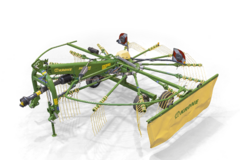

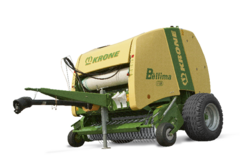

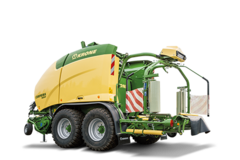
![[Translate to EN:] [Translate to EN:]](/fileadmin/_processed_/1/c/csm_VariPack_Freisteller_01_a70a02f9f9.png)
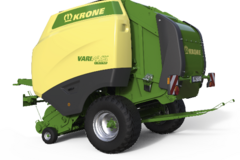

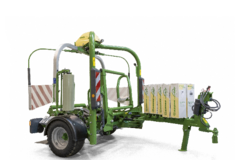
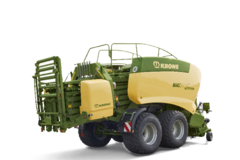
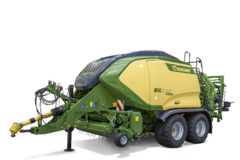
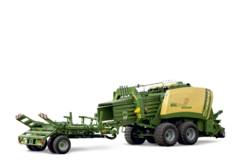
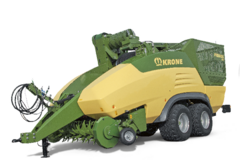
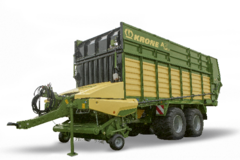
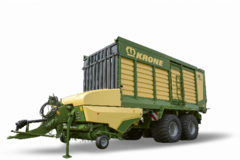
![[Translate to EN (UK):] [Translate to EN (UK):]](/fileadmin/_processed_/4/f/csm_RX_Freisteller_468x468px_6ecb398329.png)
![[Translate to EN (UK):] [Translate to EN (UK):]](/fileadmin/_processed_/0/a/csm_ZX_Freisteller_468x468px_cc1e39f93f.png)

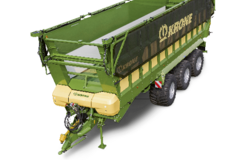
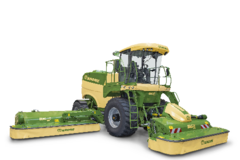
![[Translate to EN (UK):] Testname Forage harvesters - BiG X 480 · 530 · 580 · 630](/fileadmin/_processed_/4/7/csm_BiGX480_Freisteller_468x468px9_1017c2fa62.png)
